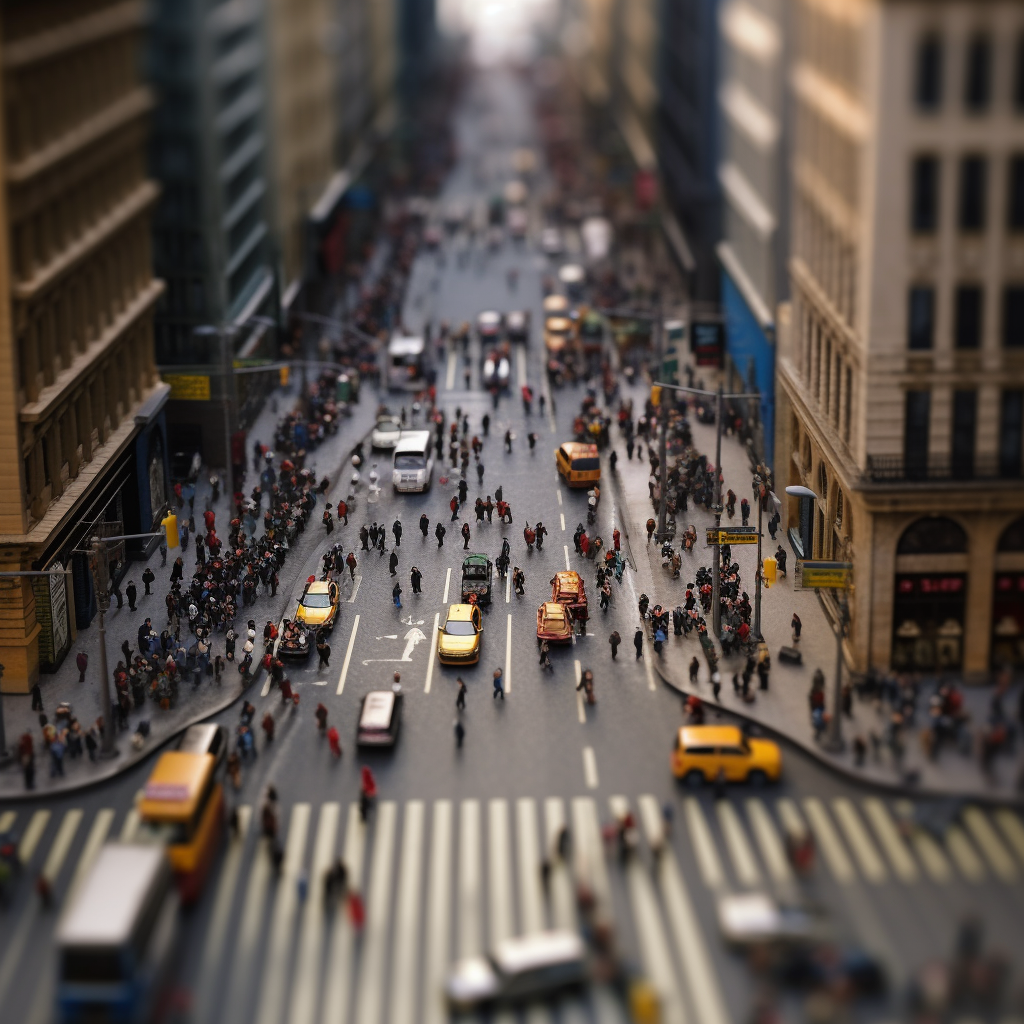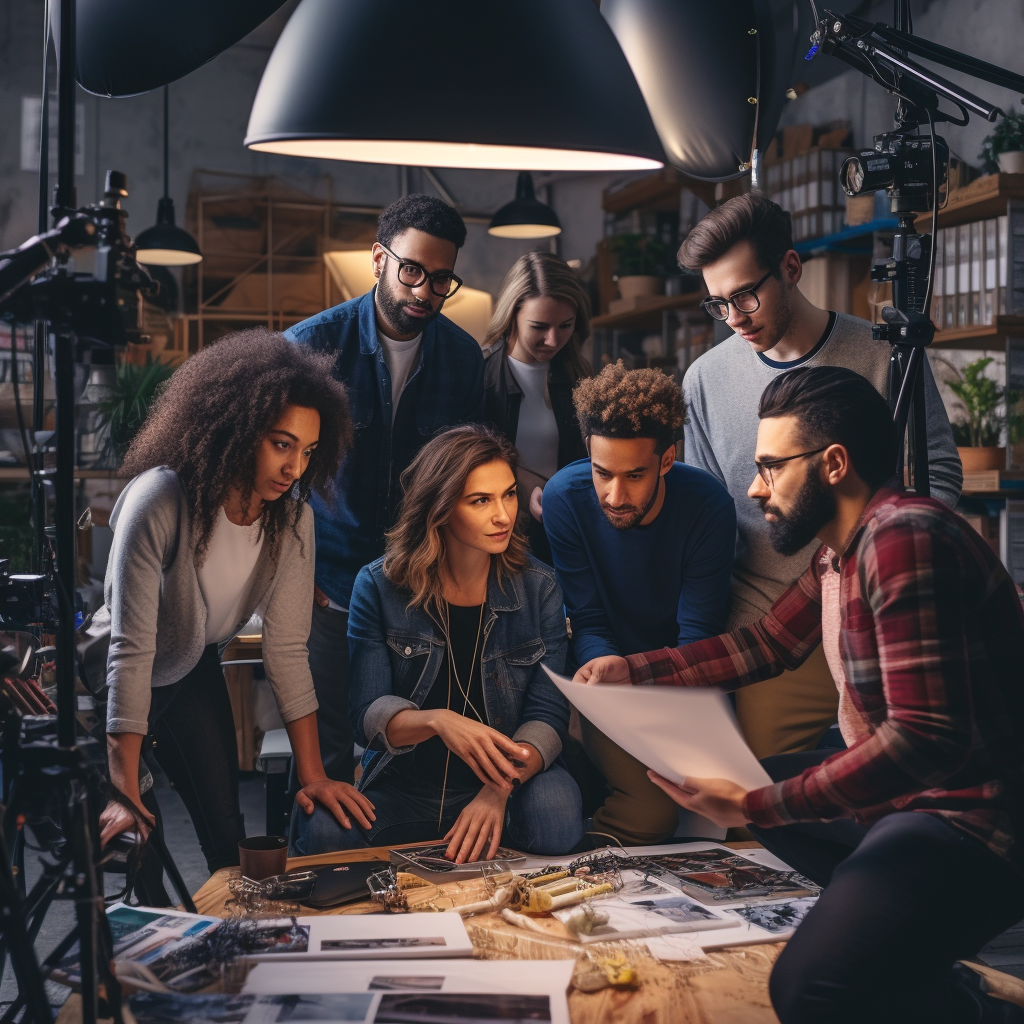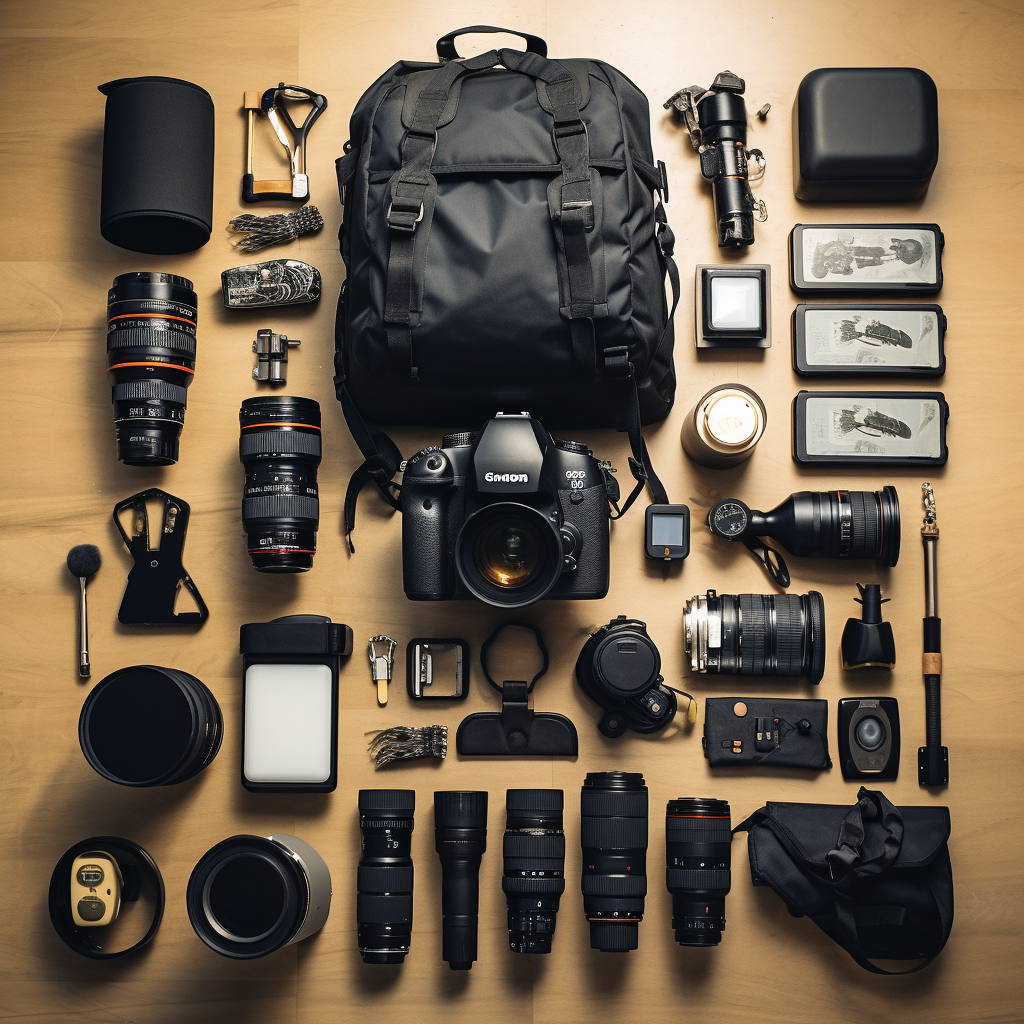Please note this post may contain affiliate links picked by me (Jay) that I have deemed may be of interest or relevant to you the reader of this.
These links do not affect the cost of the thing if you decide to purchase but i may get a little money if you choose to purchase.
For more information on my affiliate link policy click here.
Pushing the Limits: Creative Techniques in Experimental Photography
As a photography junkie, there’s nothing quite as thrilling as pushing the limits of creativity in experimental photography. Whether you’re a seasoned pro or just starting out, there are countless techniques and approaches to explore that can help you break free from the norm and create truly unique images that stand out from the crowd.
In this article, we’ll be exploring some of the most effective creative techniques in experimental photography, including everything from in-camera tricks to post-processing hacks and more. So grab your camera and let’s dive in!
Long Exposure Photography
One of the simplest and most effective ways to create experimental images is through the use of long exposure photography. This technique involves keeping your shutter open for an extended period of time, which can lead to some truly stunning results.
For example, a long exposure shot of a city skyline at night can create beautiful light trails from cars and other moving objects, while a long exposure of a waterfall can blur the water into a soft and dreamy effect.
To achieve this effect, you’ll need a camera with manual controls and a tripod to keep the camera steady during the long exposure. You may also want to use a remote shutter release or a self-timer to avoid camera shake.
Multiple Exposure Photography
Another technique for pushing the limits of creativity is multiple exposure photography, which involves combining two or more images into a single frame. This can be done in-camera, using the camera’s multiple exposure feature, or in post-processing using software like Photoshop.
The possibilities are endless with multiple exposure photography. For example, you could combine a portrait with a landscape to create a surreal effect, or blend two different textures or patterns to create an abstract image.
To achieve this effect in-camera, you’ll need a camera with a multiple exposure feature, or you can simply take two or more photos and blend them together in post-processing.
Creative Use of Filters
Filters are a great tool for experimental photography, allowing you to create a range of effects from dramatic contrast to soft and dreamy tones. There are many different types of filters available, including polarizing filters, neutral density filters, and color filters.
For example, a polarizing filter can help to reduce glare and increase contrast in bright sunlight, while a neutral density filter can allow you to use longer shutter speeds for creative motion blur effects.
To use filters effectively, you’ll need to choose the right filter for the situation and experiment with different settings to achieve the desired effect.
Lens Distortion and Tilt-Shift Photography
Lens distortion and tilt-shift photography are two more experimental techniques that can create some truly unique and creative images. Lens distortion involves intentionally distorting the image using a fisheye lens or other wide-angle lens, while tilt-shift photography involves shifting the lens to create a selective focus effect.
For example, a fisheye lens can create a distorted and surreal image of a building or other structure, while a tilt-shift lens can create a miniature effect, making a real-life scene look like a toy or model.
To achieve these effects, you’ll need the appropriate lenses and some practice with adjusting the settings to achieve the desired effect.
Light Painting
Light painting is a technique that involves using a long exposure and a light source to create patterns and designs in the frame. This can be done using anything from a flashlight to a sparkler, and the results can be truly stunning.
For example, you could create a light painting of a starry sky using a flashlight and a long exposure, or create an abstract image using a sparkler or other light source.
To achieve this effect, you’ll need a camera with manual controls and a tripod to keep the camera steady during the long exposure. You’ll also need a light source and some practice with creating different patterns and designs.
|
|
High-Speed Photography
High-speed photography is a technique that involves capturing a split-second moment in time using a fast shutter speed. This technique is often used in sports and action photography to freeze the motion of a fast-moving subject.
However, high-speed photography can also be used creatively to capture unique and unexpected moments. For example, you could capture a balloon popping, a water droplet splashing, or even a bullet being fired.
To achieve this effect, you’ll need a camera with a fast shutter speed and the ability to shoot in burst mode. You may also need additional lighting or specialized equipment to capture fast-moving objects in low light conditions.
Infrared Photography
Infrared photography is a technique that involves using a camera that has been modified to capture light in the infrared spectrum. This can create images with a surreal and otherworldly effect, with colors that are often dramatically different from what we see with our eyes.
For example, foliage may appear white or pink in infrared photography, while the sky can appear dark and foreboding.
To achieve this effect, you’ll need a camera that has been modified for infrared photography, or you can use an infrared filter on your lens. You’ll also need to experiment with different settings to achieve the desired effect.
Post-Processing Hacks
Finally, there are a number of post-processing hacks that you can use to push the limits of creativity in experimental photography. This includes everything from creating double exposures in Photoshop to using creative filters and presets to achieve a specific look or effect.
For example, you could use the “Blend If” function in Photoshop to blend two different images together, or use a preset in Lightroom to create a specific color tone or effect.
To use post-processing hacks effectively, you’ll need to have a basic understanding of editing software like Photoshop or Lightroom. You’ll also need to experiment with different techniques and settings to achieve the desired effect.
In conclusion, pushing the limits of creativity in experimental photography is all about exploring new techniques, trying out new gear, and thinking outside the box. Whether you’re experimenting with long exposures, multiple exposures, filters, or any other technique, the key is to be curious, creative, and willing to take risks.
If you have any questions about the techniques discussed in this article, don’t hesitate to drop them in the community section on our website. We’re always happy to help fellow photography junkies push the limits of their creativity!
















